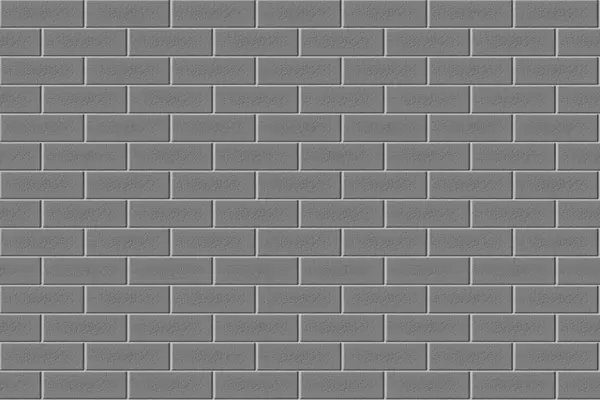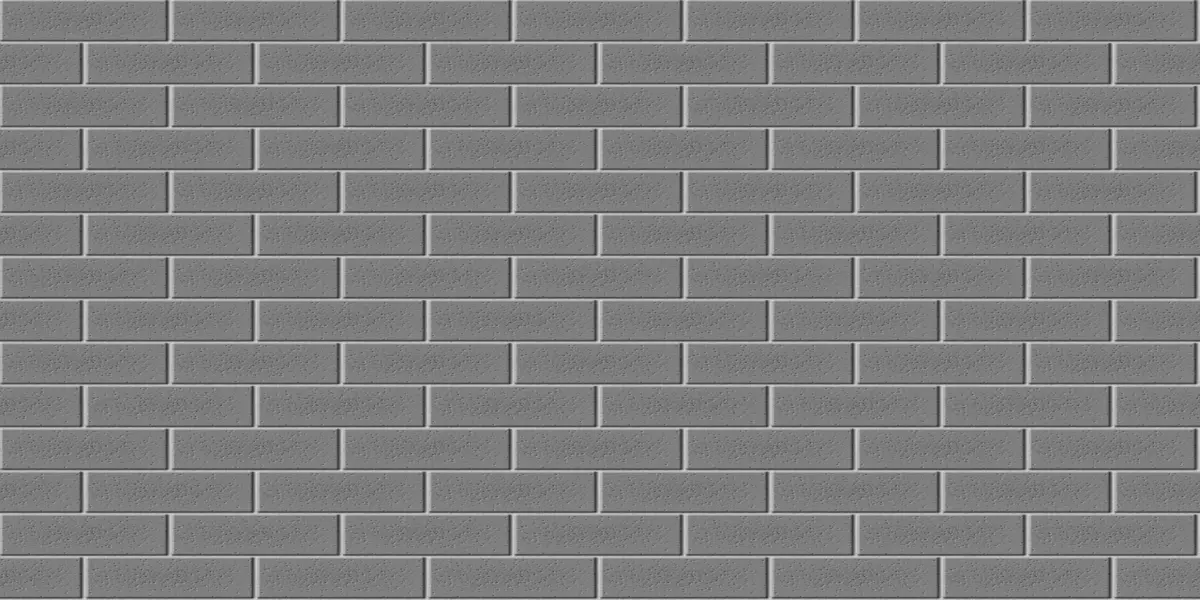Blocks are the main building units. They come in various sizes (e.g., 0.45m x 0.23m x 0.15m) and types, which can be solid, hollow-core, or half-blocks for ends.
Cement blocks are the most common type. They are made from cast concrete ( e.g., Portland cement, sand, and water). They are strong, durable, and used for structural walls.
Furthermore, a block wall is a wall constructed using masonry units. In this post, we will calculate the number of blocks in a wall using a simple calculation.
Recommended Articles
- Engineering Disciplines: A Complete Guide
- Walls: Load Bearing Wall and Non Load Bearing Wall
- Types of Heavy Construction Equipment You Should Know
- Sanitary Engineering: A Quick Guide You Should Know
- What is Research Methodology?: The Ultimate Engineer’s Guide
- Everything You Need To Know About Ready-Mix Concrete (RMC)
Table of Contents
Number Of Blocks In a Wall

To calculate the number of blocks in a wall, you’ll need to know the following data:
Wall dimensions
- Length of wall, and
- Height of the wall
Blocks Size
- Length of single block,
- Height of a single block.
Calculation Steps
- Calculate the total wall area, e.g., Length x Height
- Calculate the single block area
- Divide the Total Wall Area by the Block Area to get the number of blocks required.
- Add 7% to 10% to the total number of blocks for wastage and cutting.
NB: Assuming There are Openings Like Doors and Windows. Their Area has to be subtracted from the Total wall Area.
The Example
Data given
- Height of the Wall = 3.2m
- Width of the Wall = 6.1m
- Block size is 0.45m x 0.23m
Calculation of Area
- Area of the wall = 6.1 x 3.2 = 19.52m2
- Area of block = 0.45 x 0.23 = 0.1035m2
- Number of blocks = (Area of wall)/(Area of block), i.e., 19.52/0.1035 = 188.6
- Approximate number of blocks = 189
- Add 10% for wastage and cutting = 10% + 189 = 208
Summary of the number of blocks
From the calculation above, building a wall of height 3.2m and width of 6.1m requires 208 numbers of 450mm x 230mm blocks.
Conclusion On the Number of Blocks
The calculation above is straightforward. All site engineers must know clearly the number of blocks to be used before starting the work.
That’s all.
Join the conversation by replying on Bluesky.
If you liked this article, please join WebsiteForEngineers on Twitter, Facebook, TrueSocial, Pinterest, BlueSky, and in our WhatsApp channels.

